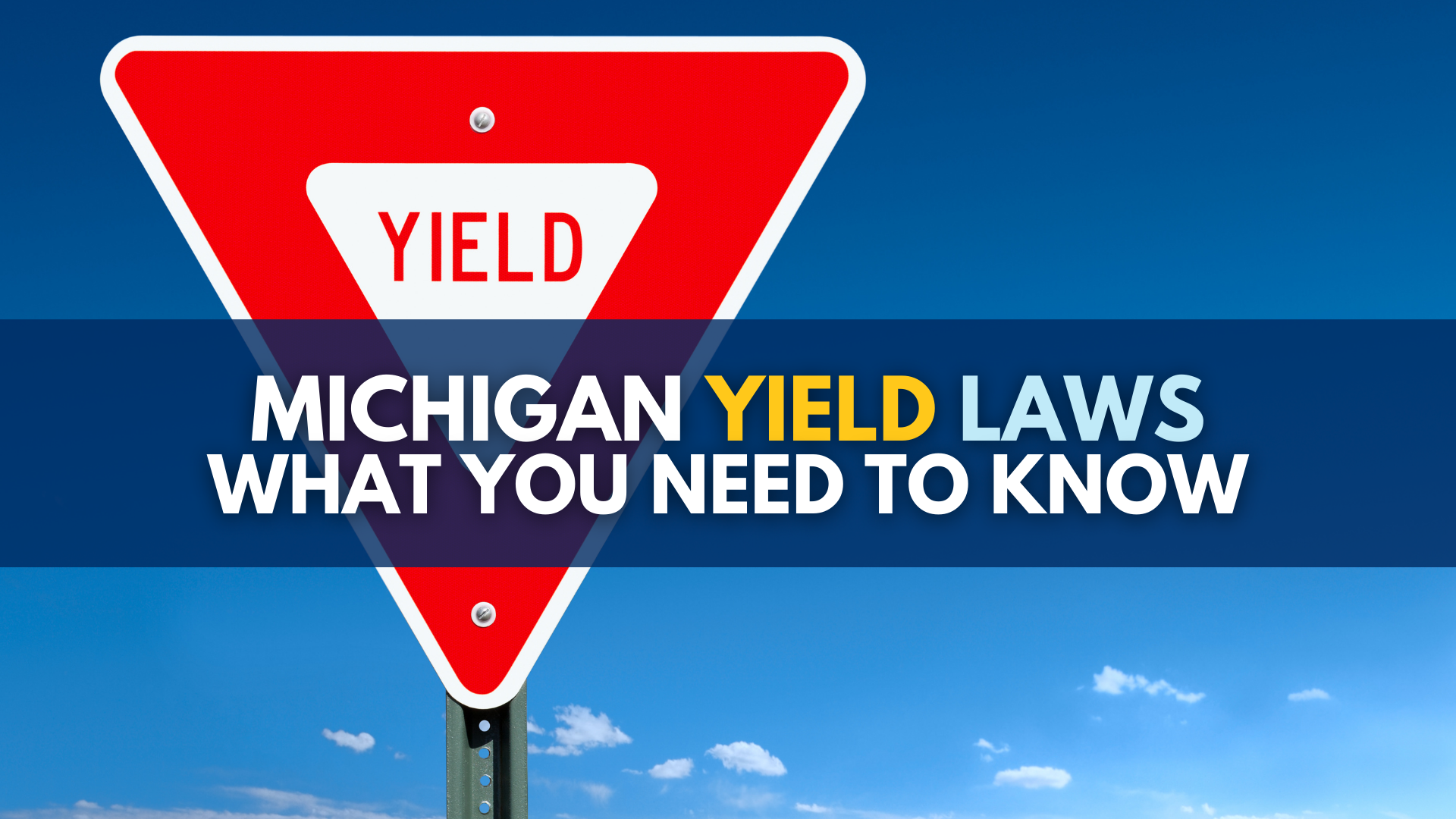With new ‘flex route’ lane, rush hour traffic gets a better flow and responders have safe clearance for emergencies — as long as everyone can follow the process

If you’re a Michigan driver, you’ve probably had to get used to driving differently over the past 10 years, thanks to structural roadway changes such as new roundabout intersections and “diverging diamond” freeway overpasses. Come this November, we’ll face another new change in how we drive: the U.S. 23 “flex route” will debut on a portion of freeway in Washtenaw County, between M-14 outside Ann Arbor and M-36 (the Pinckney-Hamburg exit).
As I’ve written in this Auto Lawyer blog before about roundabout intersections, there is going to be some short-term pain involved. We can anticipate some drivers will become confused, and there may be at first an increase in car accidents. This must be balanced against the promised benefits of improving traffic flow and increasing safety for emergency vehicles that a flex route will accomplish.
Yet, just like with roundabouts and diverging diamonds, the 9½-mile flex route is something drivers will need to learn how to navigate. That learning tends to come over time, and it will test our patience if other drivers can’t pick up on it as fast we think we have.
What is a flex route?
Basically, the far left shoulder of each side of the highway — next to the median that divides the two north- and southbound lanes — is converted into a third lane.
However, this third lane isn’t always in use. Rather, as its name suggests, it’s flexible, based on how traffic patterns and emergency situations are along the 9½-mile coverage area.
For example, the far left shoulder will open up to allow for a third lane of vehicles during peak rush hour times or heavy seasonal traffic, then close when all is settled down and people can move at a normal speed. The Michigan Department of Transportation (MDOT) says U.S. 23 between M-14 and M-36 typically has three-hour pulses of heavy rush hour traffic on the southbound lanes in the morning and the northbound lanes in the evening, and that using the flex route will shave about 20 minutes during each shift.
How is a flex route safer?
The far left shoulder also will serve as a replacement lane if traffic needs to shift over because the far right lane needs to close to through traffic due to an emergency situation such as a car or truck crash.
This is an important safety aspect. Michigan’s current Move Over Law states that drivers must reduce speed and move over one lane when an emergency vehicle is on the side of the road with its lights on. But when drivers don’t do what they’re supposed to, or can’t see the emergency vehicle’s lights until it’s too late, emergency responders are injured or killed. (As I wrote recently, a proposed Michigan Senate bill would require drivers to go half the posted speed limit on roads when an emergency vehicle is parked on the shoulder and has its lights on.)
With the flex route, drivers will know ahead of time to move over, allowing space for responders.
Additionally, the Michigan Department of Transportation is adding five crash-investigation sites along U.S. 23, which would further reduce traffic interruptions after a car or truck crash.
How will we know when to move over to the flex route lane?
Dispatchers from MDOT and the Michigan State Police will be constantly monitoring traffic sensors, distress calls and video feeds from closed-circuit cameras. Based on what information they’re getting, they’ll post instructions to large overhead, lighted signs along the stretch that the flex route runs.
If a red X is lit up on the flex route lane, that means the lane is closed because there isn’t any heavy traffic on or accidents near U.S. 23’s two primary lanes.
If the sign has a green arrow, the flex route lane is open, allowing traffic to spill over onto it and keep the rush hour flow going along the freeway.
If a red X is lit on the far right lane, because of an emergency situation such as a car or truck crash, the middle and flex route lane’s signs will have instructions such as merging (a yellow chevron icon) and, if necessary, slowing down (a specific reduced speed limit).
As well, the signposts will have a message board that display details to help drivers, such as “Right 2 lanes blocked” or “Left shoulder open to traffic.”
Staying safe on a flex route
The flex route sounds like it’s easy. But as I mentioned before, getting used to any new traffic system is a process.
Presumably, regular commuters who use this new flex route stretch of U.S. 23 will grasp how to drive on it faster than people who are encountering it for the first time. Those who are new to flex routes — and this can include intra-state truck drivers who don’t often have this section of Michigan as part of their route and have not encountered a flex route in other states, or people new to the flex route who are heading Up North — could get more confused by the flex route system.
We can also generalize based upon past car crash patterns with roundabouts, and say that in general older drivers will have more trouble with flex routes than younger drivers (elderly drivers are the second-most dangerous group, by population).
The fact that this will be a 70 mph stretch of freeway unfortunately removes a valuable safety cushion as well, because motor vehicles are travelling at faster speeds and drivers have less time to process information and react to it. And then there is the physics involved in any higher speed crash that translates into higher forces of impact and a greater likelihood of injury between vehicles.
My best advice as an auto accident attorney and safety advocate is to please use extra care in navigating a flex route when the inner shoulder lane opens to through traffic. Pay attention when people are merging in front of you — and allow them in — because of a far right lane closure. Give yourself time to become comfortable with what a flex route is and how motorists will use it.
If everyone uses a flex route as it is intended, emergency responders will be able to do their jobs in a more safe and efficient manner.
To see a short demonstration of how the flex route works, check out MDOT’s video on navigating a flex route here:


